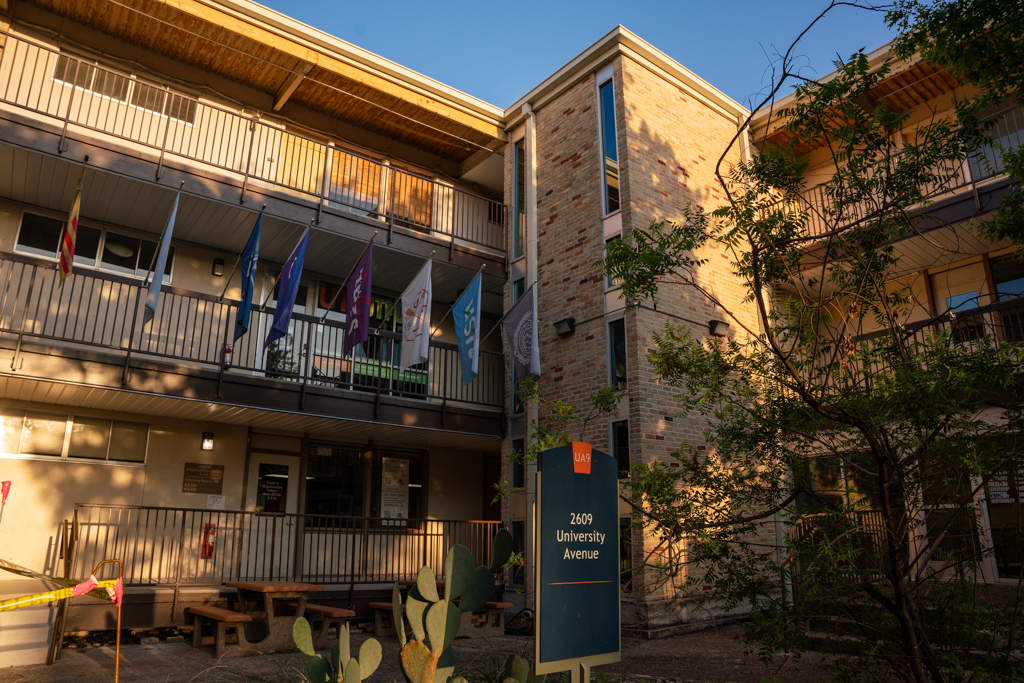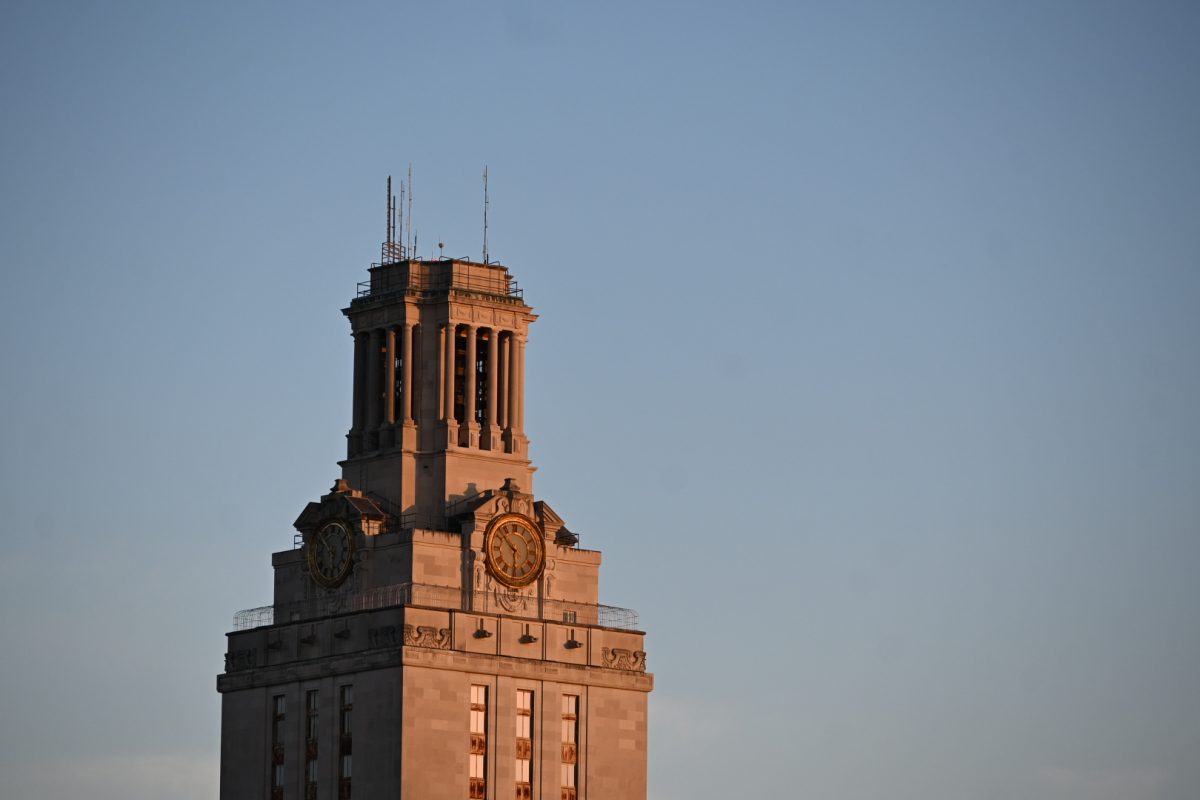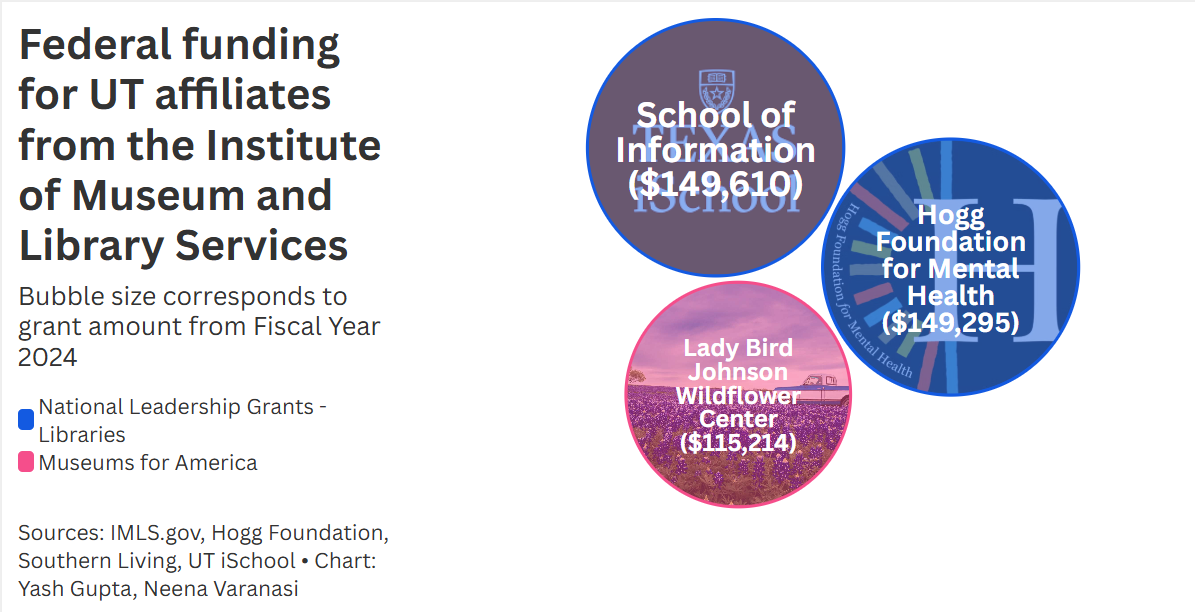[Corrected Sept. 26: Changed cost of educating a resident]
Editor’s note: This is the third in a four-part, weekly series examining System Chancellor Francisco Cigarroa’s plan to increase efficiency across UT institutions.
University and state officials are beginning talks about establishing a UT medical school and teaching hospital in Austin.
In UT System Chancellor Francisco Cigarroa’s Framework for Excellence Action Plan, he calls for strengthening the link between the Seton Healthcare Family, which currently hosts UT Austin medical programs, and UT Southwestern Medical Center.
Last week, state senator Kirk Watson gave a speech about the need for a medical school in Austin for the benefit of Central Texas. Watson created an organizing committee which includes Cigarroa, representatives of other UT entities and local hospitals to achieve the 10 goals he set out in his speech.
“A medical school and teaching hospital will increase our capacity and let us redesign how we care for our neighbors who can’t afford health insurance,” Watson said.
The first goal is to establish a medical school and teaching hospital within the next 10 years. Other goals for UT Austin include the development of a research institute, further commercialization of medical research and the establishment of a cancer treatment center.
“Basic funding has been a stumbling block to building a medical school for all of these decades,” Watson said.
Third- and fourth-year residencies are taught in Austin through a year and a half-old partnership between UT Southwestern and Seton. The role that UT Southwestern will play in establishing a medical school is not clear, but the president of UT Southwestern, Daniel K. Podolsky, said the medical center stands ready to support efforts at UT Austin.
“We’re in the earlier stages of how to expand research in other dimensions at UT Austin,” Podolsky said. “All of that has to be developed though.”
Podolksy said expanded research programs will play an important role in Cigarroa’s plan, including clinical research for patient treatments and technologies, health services research to improve health care delivery and research to improve diagnosis.
The UT System named professor Susan Cox to serve in the new position of regional dean for Austin programs for UT Southwestern.
Greg W. Hartman, president and CEO of two Seton hospitals, said Seton currently funds about 200 UT residencies and hopes to double that number over the next five years, but the program will need more outside funding as it expands. He said it costs between $80,000 to $100,000 a year to educate one resident.
“Over the long term, though, it’s an overall investment,” Hartman said.
Hartman said a new medical school and teaching hospital would ultimately open up 15,000 new jobs and stimulate $2 billion a year in economic activity.
“It’s going to mean a lot of new biosciences research and that research is going to lead to new companies created,” Hartman said.
He said by 2020 Central Texas will need 2,000 more physicians, but he thinks these goals will be reached in time to meet that need.
“It’s going to be very difficult to bring that many physicians from out-of-town, so we need to have a pipeline of educated physicians,” Hartman said.
Printed on Monday September 26, 2011 as: Officials aim to establish UT hospital, medical school




















